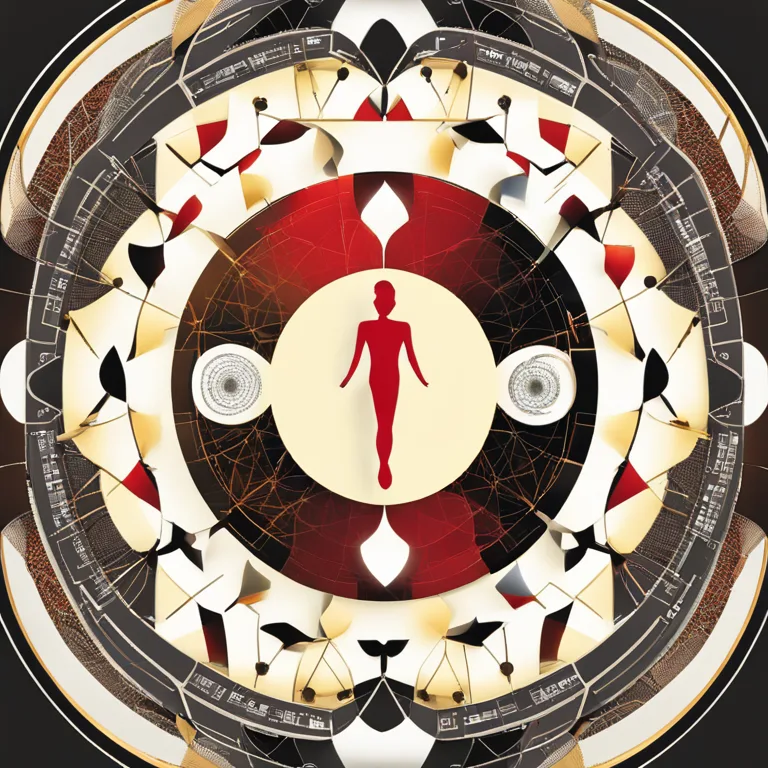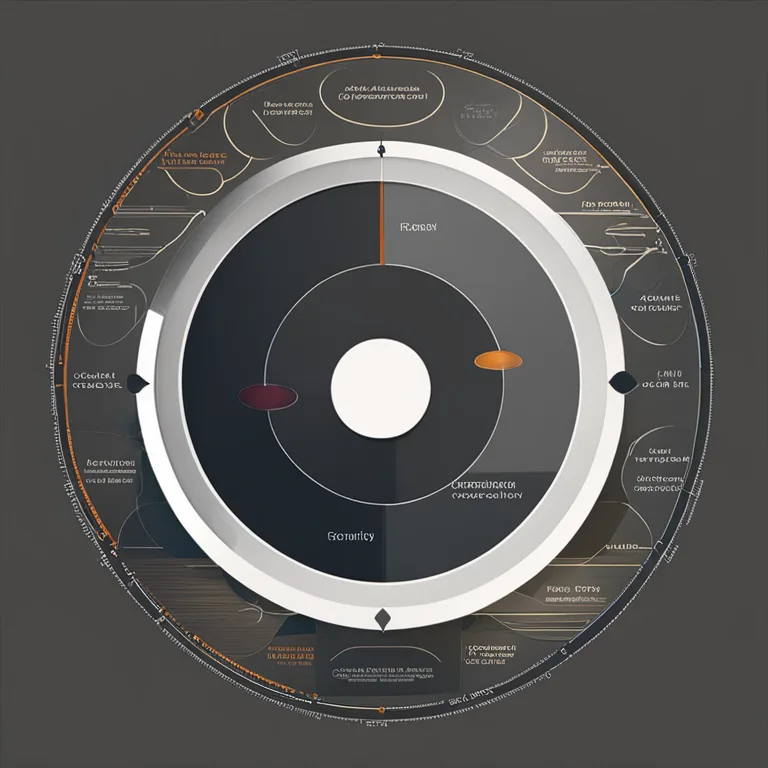
The Basics of Biorhythm Calculation
Learn how biorhythms are calculated and understand your personal cycles for better life planning.
article by Adrian Wallace
Introduction to Biorhythms
Biorhythms are a concept suggesting that people's lives are influenced by rhythmic biological cycles. According to this theory, understanding these cycles can help individuals anticipate periods of high performance or vulnerability. The belief is not scientifically proven but remains popular in certain circles for its personal insight. Biorhythms are calculated using one's birth date as the starting point, and these cycles are typically divided into three essential components: the physical, emotional, and intellectual cycles. By charting these cycles, individuals may attempt to predict and harness their peak periods or brace for challenging times.

Physical Cycle: The Powerhouse
The physical cycle is said to last 23 days and is related to one's strength, health, and energy levels. Calculation of this cycle begins at birth and continues in a sinusoidal wave pattern, oscillating between high and low phases. The positive phase of the physical cycle is a time when you're thought to be at your strongest, while the negative phase might be a period of physical recovery or low energy. The midpoint, known as the 'critical' day, is sometimes seen as a transitional period, potentially marking increased vulnerability to physical challenges.

Emotional Cycle: Riding the Waves of Mood
The emotional biorhythm, cycling every 28 days, correlates with one's mood swings, feelings, and emotional states. Similar to the physical cycle, it alternates between positive and negative phases, supposedly affecting one's state of mental and emotional well-being. During the upward swing, people might experience emotional highs and stability, whereas the downward slope might manifest as emotional lows or heightened sensitivity. Awareness of one's emotional cycle can ostensibly lead to better personal relationships and emotional management.

Intellectual Cycle: The Tide of Thought
With a 33-day rotation, the intellectual cycle influences cognitive functions such as analysis, logical thinking, and memory. Advocates believe that when the intellectual curve is rising, mental acuity peaks, making it an ideal time for tasks requiring deep thinking or learning new skills. Conversely, when it dips, mental exhaustion or a lack of concentration can occur. Aligning challenging intellectual endeavors with the high points of this cycle may potentially lead to greater effectiveness in one's professional or academic pursuits.

Calculating Your Biorhythms
To calculate your biorhythms, you can use basic mathematical formulas based on your birth date. The number of days since you were born is divided by the length of the corresponding cycle (23 for physical, 28 for emotional, and 33 for intellectual). The remainder of this calculation then determines your place within the cycle, with calculators and specialized software available to plot these cycles visually. While some may simply use this as a guide, others incorporate biorhythms into their daily planning for optimized performance and well-being.
Scientific Scrutiny and Modern Adaptation
Biorhythm theory has been scrutinized by the scientific community, with numerous studies indicating there's little to no evidence supporting its claimed predictive abilities. Consequently, it remains categorized as a pseudoscience by many. Despite this, interest in biorhythms has persisted, and they have found a niche within the world of self-help and personal development. As with any such concept, it is essential to approach biorhythms with a critical mind and consider them as one of many tools for introspection rather than deterministic predictions.
Published: 12/28/2023
Modified: 12/28/2023
More predictions
Come back here soon to learn more about yourself and your future


Biorhythm Compatibility & Birthdays
Discover the intriguing connection between your birthday biorhythms and relationship harmony in our insightful article.


The Reality Of Biorhythm Compatibility
Unravel the truth behind biorhythm compatibility and its role in personal relationships and daily life.


Biorhythm Wheel: Unlocking The Secrets
Explore the intriguing world of the biorhythm wheel to understand your physical, emotional, and intellectual cycles for enhanced well-being.